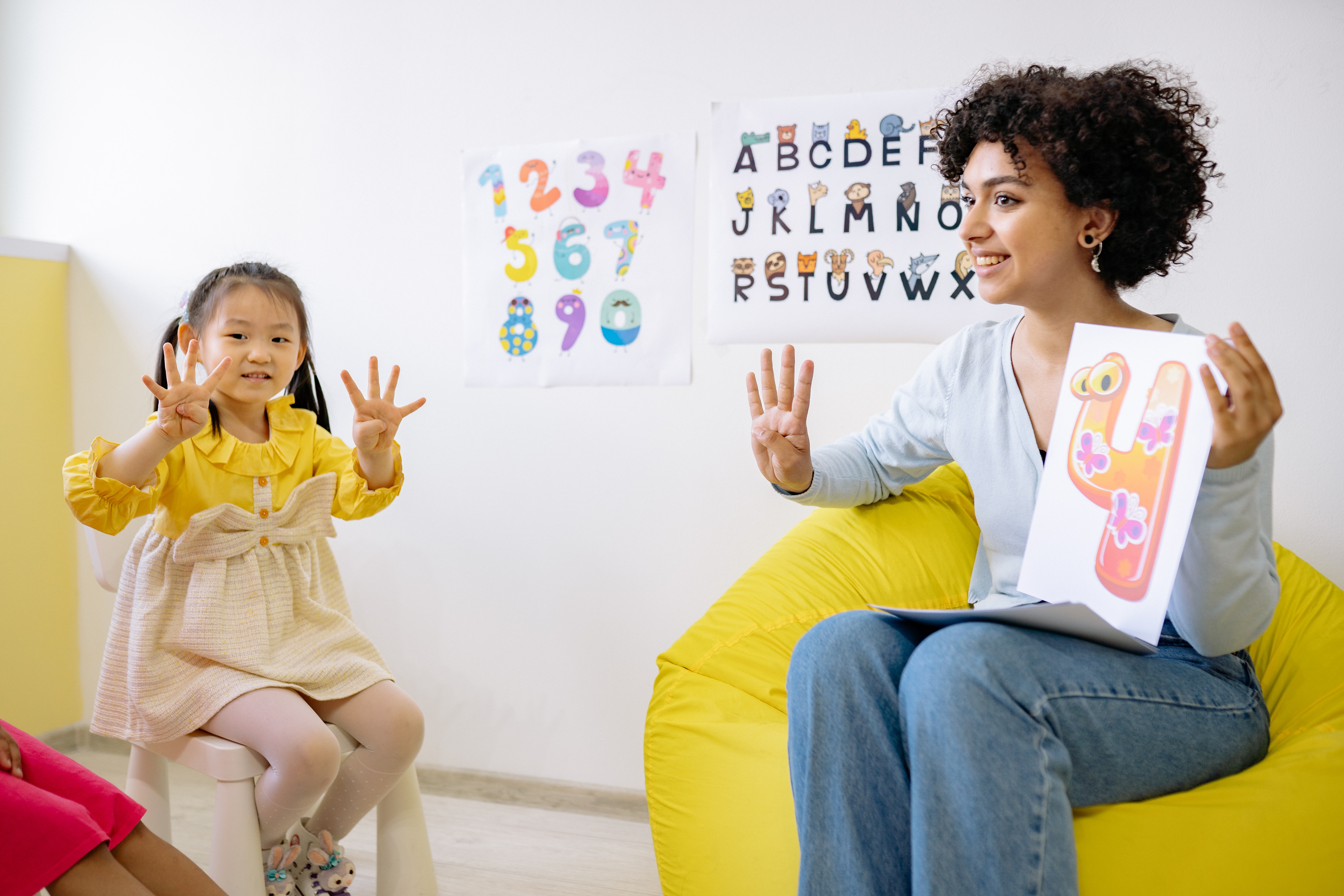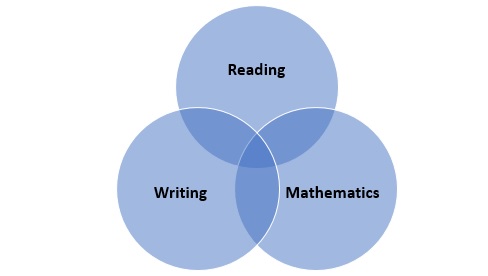
5 Learning Disabilities Every Special Education Teacher Should Know
7th November 2022
Did you know around 33% of children on an IEP for learning disabilities had to repeat a grade in elementary school?
Learning disabilities (LDs) generally refer to a number of special needs that may affect the acquisition, organization, retention, understanding, or use of both verbal and nonverbal information. For supporting children with special needs, awareness of learning differences, particularly learning disabilities, is very critical. Better understanding the learning skill sets of others let you communicate and teach successfully.
Certainly, it's not always easy to identify learning disabilities. For this, you need professional training from special education courses. So, let us go through the types of most common learning disabilities.
Learning Disabilities are basically specified into three major academic domains –

The Most Common Learning Disabilities Today
Here’s more on five widespread learning disorders, according to research:
Attention Deficit Hyperactivity Disorder (ADHD)
Children with more severe ADHD typically get diagnosed around age 5. ADHD symptoms usually show up between ages 3-6. Children with ADHD have difficulties paying attention to and focusing on a single task. They are quickly distracted and frequently struggle with learning in old-style classroom situations. Some ADHD children may have difficulties with inattentiveness however not with hyperactivity or impulsiveness.
Some of the most common symptoms of ADHD are as follows:
- Unable to sit still
- Being disorganized or scatter-brained
- Trouble staying quiet and attentive
- Lack of motivation
- Mood swings or emotional outpourings
Studies show that ADHD tends to run in families. Even in some situations, parents learn they have this after their child is diagnosed. Research has found that employees with ADHD are 60% more likely to get fired. However, some ADHD traits can be strengths in the right jobs. Celebrities who have ADHD are Andre Brown, Jim Carrey, Henry Winkler and so on.
Dyslexia
It is one of the most common LD, representing at least 80% of all LDs, and results from difficulties in phonologic processing. It’s a special need that makes it stimulating to understand text or speech. If you have dyslexia, reading, writing, and speaking can be problematic and overwhelming.
Some common symptoms of dyslexia include:
- Reversing the position of letters
- Struggling with reading command load
- Delayed speech
- Difficulty learning auditory processing disorder new vocabulary or rhymes
- Having disorders in visual processing may have trouble understanding directions
Unfortunately, dyslexia often goes diagnosed for many years and frequently results in trouble with reading, grammar, reading comprehension, and other language skills.
Dyscalculia
Research suggests that 40 to 50 percent of dyslexics show no signs of dyscalculia. Kids with dyscalculia usually struggle with various learning mathematical concepts. These include numerical organisation and understanding quantity, place value and time. They may also face trouble in following and/or using different steps included in math difficulties.
Some symptoms of dyscalculia include:
- Struggling with ideas such as measuring, time, and estimating
- Being uncertain of how to approach word math problems
- Difficulty in following the order of operations
- Finding it challenging to count and group numbers together
Dyscalculia leads to high levels of mathematics anxiety. Sometimes, it is also referred to as having “math dyslexia”.
Dyspraxia
This is associated with delayed neurological growth. Dyspraxia makes it challenging to plan and synchronize physical movement. The child struggles with fine motor skills like hand-eye coordination, holding a pencil, or gross motor skills like running, jumping, etc.
Some symptoms of dyscalculia include:
- Motor ineptness
- Lack of organizational skills
- Problems with social relationships
- Special needs of speaking and listening
- Poor skills governing visual-spatial associations
- Difficulty planning and carrying out a sequence of steps required for complex tasks
- Difficulty understanding spatial relations
Studies show that Dyspraxia/DCD affects around 5% of school-aged children. Dyspraxia is also known as motor learning difficulties.
Dysgraphia
This condition makes it hard to write legibly. It's projected that 5 to 20% of all children have some kind of writing deficit like dysgraphia. Some struggle with spoken language to hold a writing tool comfortably while others lack the longitudinal awareness needed to produce legible text.
Some symptoms of dysgraphia are as follows:
- Disordered handwriting
- Taking a long time to write
- Holding a writing tool inappropriately
- Struggling to express thoughts in a clear sentence construction
- Poor grammar
- Speaking out loud while writing
Celebrities who have dysgraphia are Daniel Radcliffe, Agatha Christie, Albert Einstein, George Washington, Thomas Edison, etc.
To End With
Nonverbal learning disabilities (NVLD) sufferers struggle with understanding body language, facial terminologies and tone of voice, or the nonverbal features of communication. Clear understanding learning disabilities is critical to all with careers in special education teaching. Furthermore, special education courses will give you a competitive edge in your career.
Supporting children with special needs is all about developing the essential tools and learning to manage their special need as soon as the problem becomes ostensible.
Looking for earning a special education certification? If yes then call us at +6621055721 or drop a mail at asiancollegeofteachers@gmail.com. Chat with our expert if you have any questions, send us an email to find out more.
Written By : Ruchi Mehta




